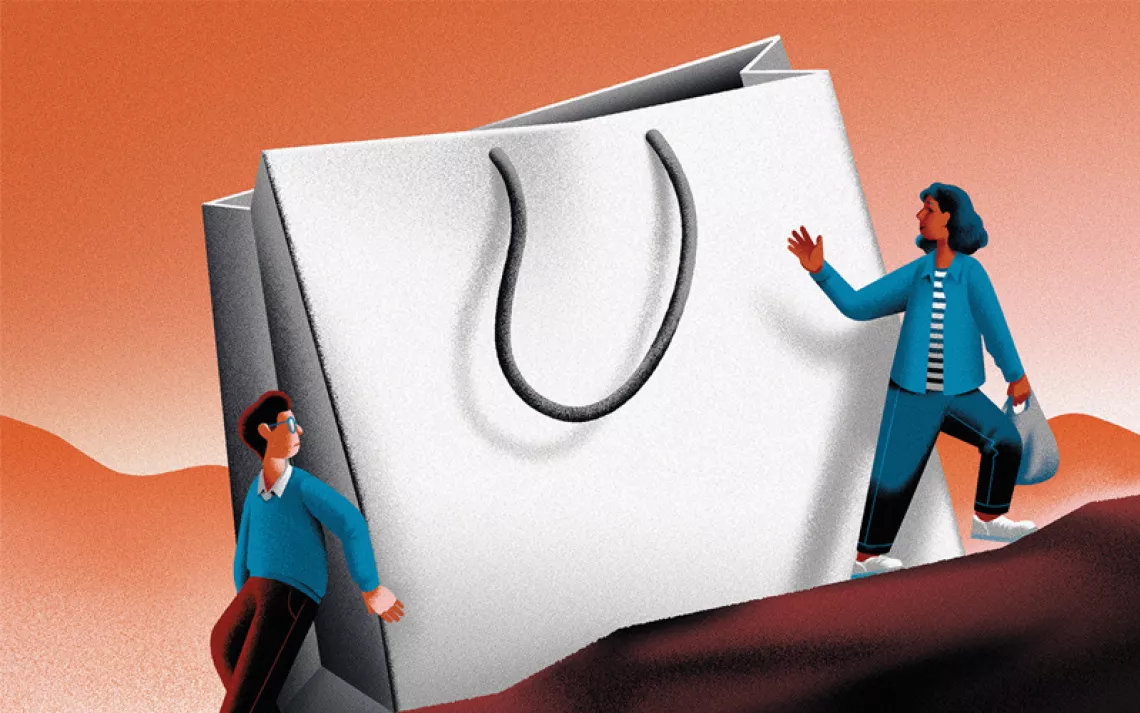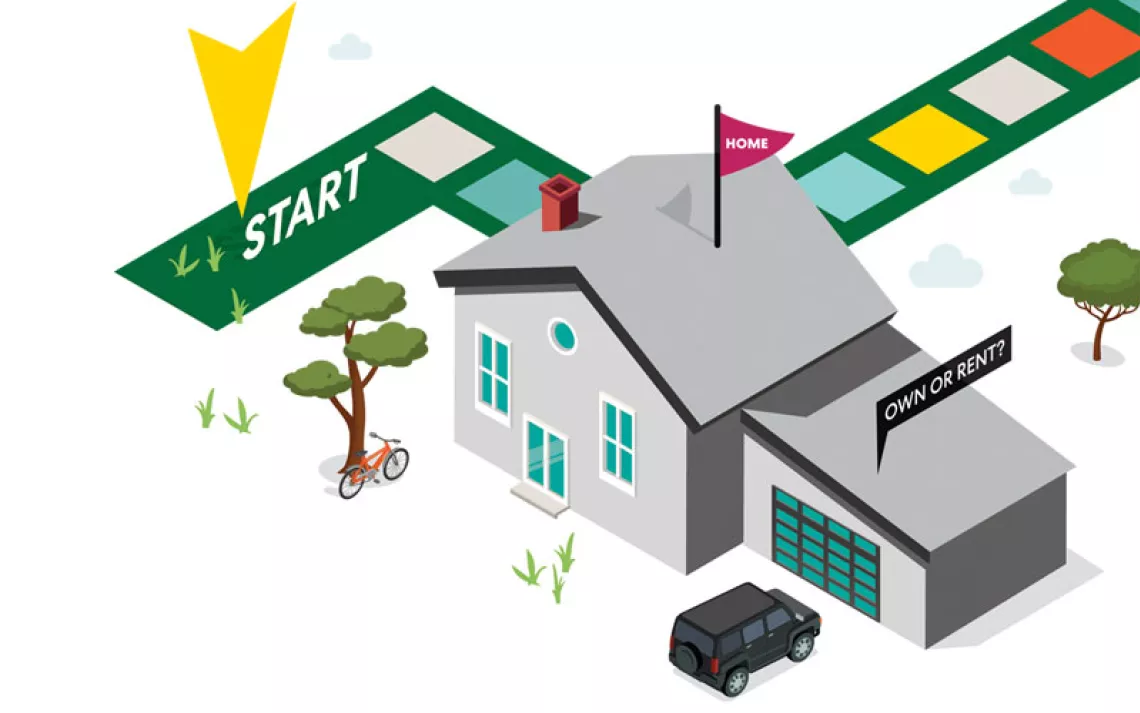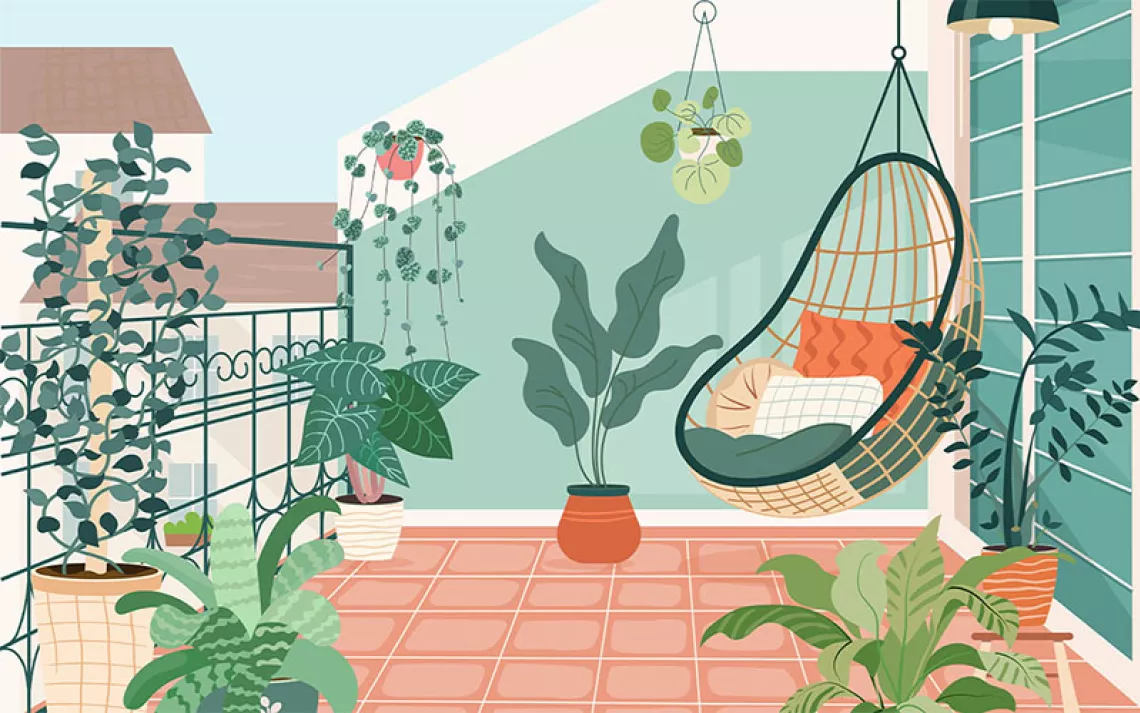What's the Most Eco-Friendly Toilet Paper?
Here are some green alternatives for when nature comes calling
Q: I am seeing a lot of online ads for tree-free bamboo toilet paper. I buy paper that's 100 percent recycled or made with 80 percent post-consumer waste. Which is more sustainable?
—Deb in Capitola, California
A: Virgin bamboo is not as low impact as recycled, post-consumer, and agricultural-waste materials. Also, the largest bamboo producers are in China, which doesn't have the best track record on the environment and labor rights.
You might want to get paper labeled "processed chlorine free." I avoid bleached and "elemental chlorine free" papers because when they're processed, they emit cancer-causing dioxins into the air and water.
One of the greenest alternatives to toilet paper is the invasive weed mullein. Trust me, it works! The fresh, fluffy leaves can go in porta-potties, pit toilets, and some composting toilets.
If that's a little too "into the wild" for you, try the recycled paper made by Who Gives a Crap. It has the highest percentage of recycled paper (100 percent post-consumer waste from schools near its factory in China), is processed without chlorine, has recycled-cardboard cores and boxes, and is vegan. Who Gives a Crap is a certified B Corporation, which means that it has to meet certain criteria regarding protecting the environment and paying workers a fair wage. This is the greenest toilet paper I have found beyond the Natural Resources Defense Council's Issue With Tissue list.
Let's give a crap! Only around 30 percent of the world uses toilet paper. There are sanitary alternatives. Ask me about them.
 The Magazine of The Sierra Club
The Magazine of The Sierra Club



